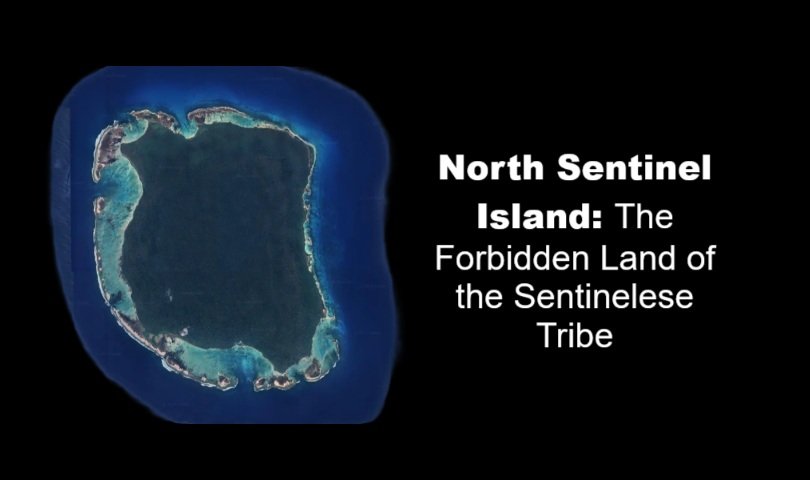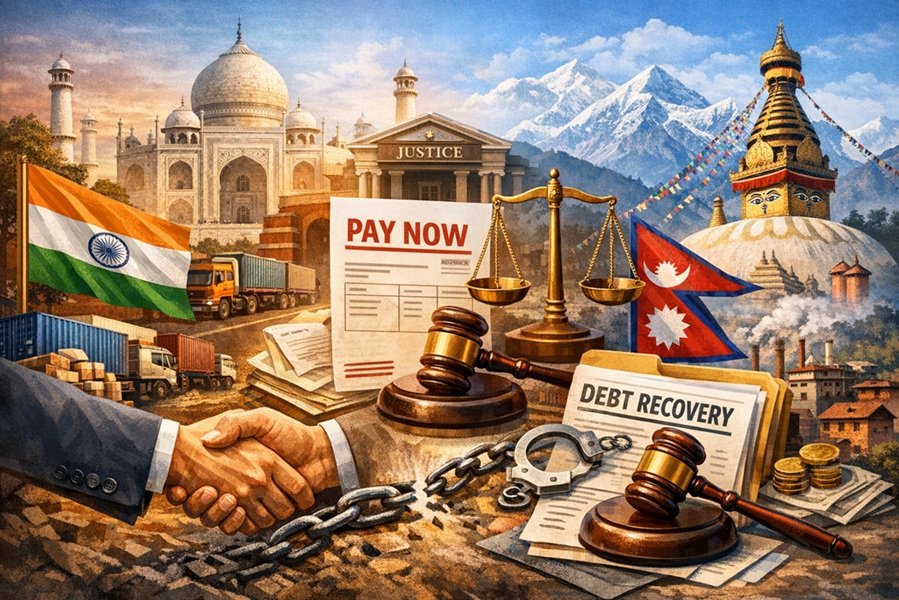
Introduction
North Sentinel Island, a part of India’s Andaman and Nicobar archipelago, is one of the most isolated and mysterious places on Earth. Home to the Sentinelese, an uncontacted indigenous tribe, the island is off-limits to outsiders under strict laws imposed by the Indian government. The Sentinelese people have lived in isolation for thousands of years, resisting any form of modern civilization. The island has been at the center of international intrigue due to its forbidden status, indigenous culture, and violent responses to intruders.
Geographical Overview
North Sentinel Island is located in the Bay of Bengal and is part of the Andaman and Nicobar Islands, an Indian Union Territory. It covers approximately 59.67 square kilometers (23.06 square miles), making it one of the smaller islands in the archipelago. The island is covered in dense forests, with no visible infrastructure or modern human development.
Surrounded by coral reefs, the island remains difficult to approach by sea, and the Indian government has imposed a 5-kilometer exclusion zone to prevent illegal intrusions. Due to its geographical isolation, the island remains untouched by modern civilization.
The Sentinelese Tribe: A Lost World
The Sentinelese are considered one of the last uncontacted tribes on Earth. They have lived in isolation for thousands of years and are believed to be direct descendants of early human populations that migrated out of Africa over 60,000 years ago. Their language, way of life, and customs remain largely unknown to the outside world.
Cultural Practices and Way of Life
Due to the lack of direct contact, knowledge about Sentinelese culture is based on limited observations from rare encounters. However, it is believed that:
- The Sentinelese live a hunter-gatherer lifestyle, relying on fishing, hunting small animals, and gathering fruits and tubers.
- They use bows, arrows, spears, and handmade tools, which indicates a Neolithic-level civilization.
- There are no known agricultural practices, meaning they do not cultivate crops or domesticate animals.
- Their dwellings consist of temporary huts made from leaves and branches.
- They use fire for cooking and warmth, although how they create fire remains unknown.
- They appear to have a social structure, but no outsiders have been able to study their hierarchy or customs.
Hostility Toward Outsiders
The Sentinelese have displayed hostility towards outsiders, attacking intruders with bows and arrows. This hostility is believed to be a result of their historical experiences with outsiders, which have often been violent or exploitative.
One of the most famous instances of this hostility was the killing of American missionary John Allen Chau in 2018. Chau attempted to preach Christianity to the Sentinelese, ignoring multiple warnings from Indian authorities. He was attacked and killed, reinforcing the tribe’s unwillingness to engage with outsiders.
Historical Attempts at Contact
British Exploration (19th Century)
The first known interaction with the Sentinelese occurred in 1880, when a British naval officer, Maurice Vidal Portman, landed on the island with a group of armed men. They captured an elderly couple and two children, bringing them to Port Blair, where the couple died shortly after due to exposure to foreign diseases. The children were sent back to the island with gifts, but the Sentinelese remained hostile toward visitors afterward.
Indian Government’s Expeditions (20th Century)
The Indian government made several attempts to establish contact with the Sentinelese during the 1960s-1990s. Anthropologists and researchers visited the island on various expeditions, offering gifts such as coconuts, pigs, metal tools, and cloth. While some encounters were peaceful, most ended with the Sentinelese showing aggression. Eventually, the Indian government ceased all contact missions in 1996, recognizing the need to protect their isolation.
Legal Protection and Restricted Access
To preserve the Sentinelese way of life and prevent the spread of diseases to which they have no immunity, the Indian government has strictly banned all travel to North Sentinel Island under the following laws:
- Andaman and Nicobar Islands Protection of Aboriginal Tribes Act, 1956
- Prohibits any person from entering the restricted areas inhabited by indigenous tribes.
- Andaman and Nicobar Islands Protection of Aboriginal Tribes Amendment Regulation, 2012
- Enforces stricter punishments for those who attempt to contact the Sentinelese.
- Foreigners Act, 1946
- Restricts foreign nationals from visiting the island.
The Indian Navy and Coast Guard strictly monitor the waters around North Sentinel to prevent illegal trespassing.
Dangers of Contacting the Sentinelese
1. Risk to the Tribe
The Sentinelese have lived in isolation for thousands of years, making them highly vulnerable to common diseases such as influenza, measles, and the common cold. Even minor exposure to the outside world could cause a catastrophic epidemic, potentially wiping out the entire tribe.
2. Risk to Outsiders
The Sentinelese are extremely territorial and have attacked outsiders with bows, arrows, and spears. There have been multiple cases of fatal attacks, such as:
- John Allen Chau (2018) – An American missionary who was killed after attempting to convert the Sentinelese.
- Two Fishermen (2006) – Two Indian fishermen were killed when their boat accidentally drifted into Sentinelese territory.
- Maurice Vidal Portman’s Expedition (1880) – Early encounters resulted in abductions and subsequent hostility from the tribe.
Modern-Day Challenges
Despite legal protections, North Sentinel Island faces new threats, including:
- Climate Change: Rising sea levels could impact the island’s ecosystem.
- Illegal Fishing: Poachers have attempted to fish in Sentinelese waters, risking violent clashes.
- Curious Explorers: Some individuals, like John Allen Chau, continue to try and contact the Sentinelese despite strict laws.
Conclusion
North Sentinel Island remains one of the last true unexplored frontiers on Earth. The Indian government has taken extensive measures to protect both the Sentinelese and outsiders from harm, ensuring the tribe can continue their traditional way of life undisturbed.
With its mystique, rich history, and unique indigenous population, North Sentinel Island remains a topic of global fascination. However, respecting its isolation is crucial to preserving one of the last truly uncontacted tribes in the world.






